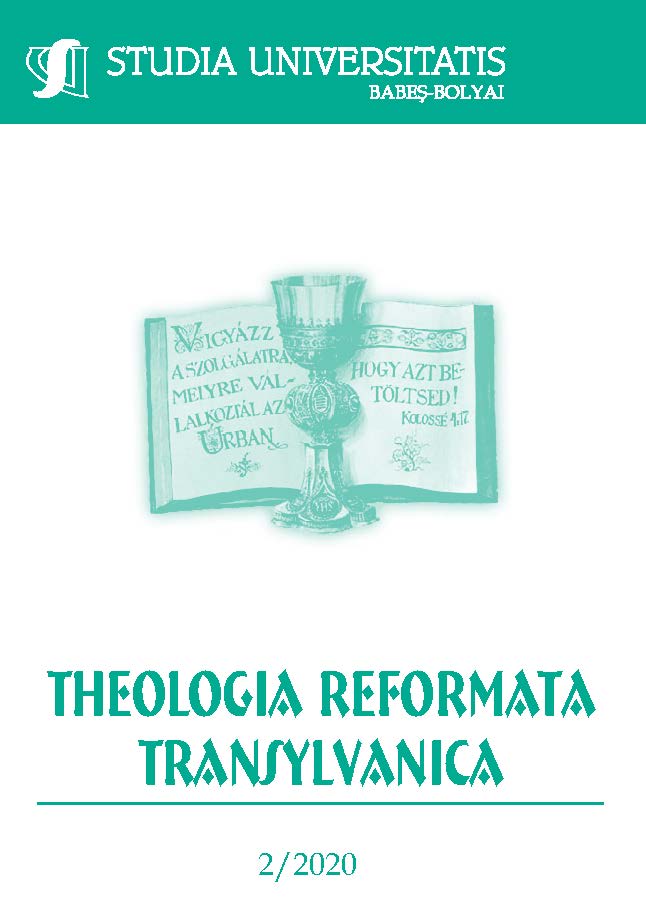THE GLOBAL RELIGIOUS CONFIGURATION. REALITIES AND FORECASTS
THE GLOBAL RELIGIOUS CONFIGURATION. REALITIES AND FORECASTS
Author(s): Gabriel-Viorel GârdanSubject(s): Eastern Orthodoxy
Published by: Studia Universitatis Babes-Bolyai
Keywords: religious; demography; agnostics; atheists; Christians; Muslims;
Summary/Abstract: Based on recent research, we aim to present the current global religious configuration, the religious demographic evolution during the twentieth century, and the main trends for the first half of the twenty-first century. From a methodological point of view, we chose to present only those religions that register a share of 1% of the global population, among which we paid increased attention only to Christianity and Islam. The only exception to this rule is Judaism, the reason for advancing this exception being the desire to compare the evolution of the three religions of the Book: Judaism, Christianity, and Islam.The purpose of this presentation is to provide a more nuanced picture of the geographical distribution of each religion and, on the other hand, to illustrate the global religious diversity. From a chronological point of view, the landmarks are the years 1910, 1970, 2000, 2010, 2014, 2030, and 2050. The data collected for the years 1910–2014 is the basis of the forecasts for the years 2030 and 2050. The former ones describe the religious realities, while the latter two open up perspectives on the trends in religious demography.We would like to draw attention to the potential of religious demography in deciphering the religious image of the world in which we live. On the other hand, we consider that exploring the global religious profile and the way it evolves, as well as the factors that bring forth change, is not only an opportunity generated by the organic development of religious demography research but also a necessity for rethinking the pastoral and missionary strategies of the church.Religious demographics provide valuable data about the past together with nuanced knowledge of the present, helping us anticipate and even influence the future. The church, at any time, assumes the past, manages the present, and prepares the future. From this perspective, we believe that a strategic pastoral thinking, regardless of religion or denomination, can be organically outlined, starting from the data provided through the means available to religious demography. While religious demography provides specific data, it does not explain the phenomena behind this data; it notes and invites questions, debates, and explanations about religious affiliation, religiosity, and religious behaviour.
Journal: Studia Universitatis Babeș - Bolyai Theologia Reformata Transylvanica
- Issue Year: 65/2020
- Issue No: 2
- Page Range: 163-178
- Page Count: 16
- Language: English

